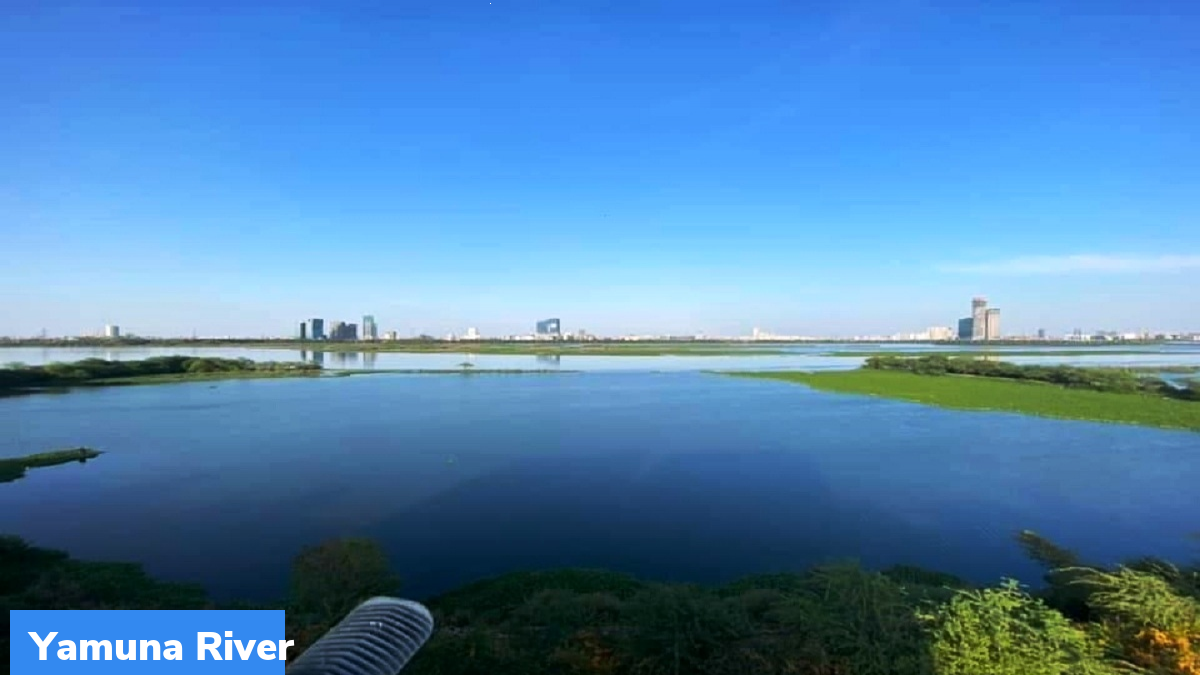Hathnikund Dam
In a bid to avert the recurring threat posed by the Yamuna River’s flooding in Delhi and adjoining areas, the Haryana government has set its sights on a significant infrastructure endeavor – the construction of a dam. This strategic initiative aims to not only mitigate the impact of floods but also yield a range of other benefits.
Preventing Deluge: The Purpose Behind the Dam
The primary objective behind the Haryana government’s decision to construct a dam is to prevent the devastating floods caused by the Yamuna River. These floods have consistently posed a considerable threat to the city of Delhi and the areas adjacent to the river in Haryana. By creating a dam, authorities aim to regulate and manage the water flow, thereby safeguarding lives and properties.
Estimating the Financial Investment
The dam project, with its lofty goals of flood prevention and management, comes with a substantial estimated cost. The Haryana government is prepared to invest a substantial sum of Rs 6,134 crore to bring this infrastructure initiative to fruition.
Dimensions of the Dam Reservoir
The proposed dam will feature a reservoir that stretches over an impressive length of 14 kilometers. This expansive reservoir area will play a pivotal role in managing water levels, reducing the risk of flooding, and providing a controlled outlet for excess water.
Strategic Placement and Displacement
The dam’s strategic positioning is a crucial consideration. It will be built approximately 4.5 kilometers upstream from the Hathnikund Barrage, situated in the Yamunanagar district. However, the construction of this dam comes with a cost – it will necessitate the displacement of nine villages. Additionally, an 11-kilometer stretch of NH-73 will need to be relocated.
Capacity and Border Areas
Once completed, the dam reservoir is projected to hold a capacity of 10.82 lakh cusecs. This expansive capacity is nearly three times the highest water level released into the Yamuna in the past. Moreover, the dam area shares borders with two neighboring states – Uttarakhand and Uttar Pradesh, indicating the potential for collaborative efforts in flood management.
Enhancing Financial Advantage
Apart from flood prevention, the dam project is anticipated to yield a range of financial advantages. The availability of additional irrigation water, groundwater recharge, and aquaculture are expected outcomes. Furthermore, the dam’s completion is projected to generate 250 MW of electricity, contributing to the region’s power supply.
Month: Current Affairs - August, 2023
Category: India Nation & States Current Affairs







